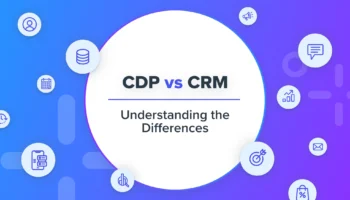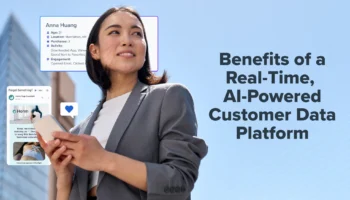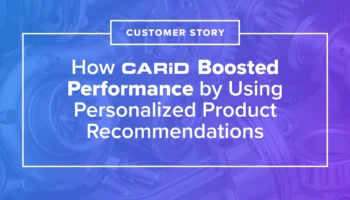Customer lifecycle is a term used to describe the progress of a customer as they go through consideration, engagement, purchasing, and maintaining loyalty to a product or service. It starts from the first time you get a user’s attention to your product and then keeping them as loyal customer. The customer lifecycle is often depicted by an ellipse because the goal of customer retention is to get them to move through the cycle again and again.
A growth marketer’s prime objective is to drive user engagement with the product. The key to driving engagement is understanding the customer’s lifecycle stage and messaging them accordingly over time to keep them as an active customer. The first form of engagement is activating new customers. Activation is a stage when the user completes an action that indicates them getting value out of a product. This goal can be different for different business models e.g. an app like twitter might consider a user activated when they follow a certain number of other users within a given time-period; a retailer might consider a user to be active when they make their first purchase, or on a rolling basis.
Activation is the first step of the customer lifecycle when they fully experience the product or derived value from it. It is important to get users to activate faster because they can experience the product and see the value it provides. Users who don’t get activated quickly might never return since they never derive any value from the product in the time you have their attention. The core product experience is key to higher activation rates and growth marketers can help increase activation rates by extending the experience into marketing channels.



